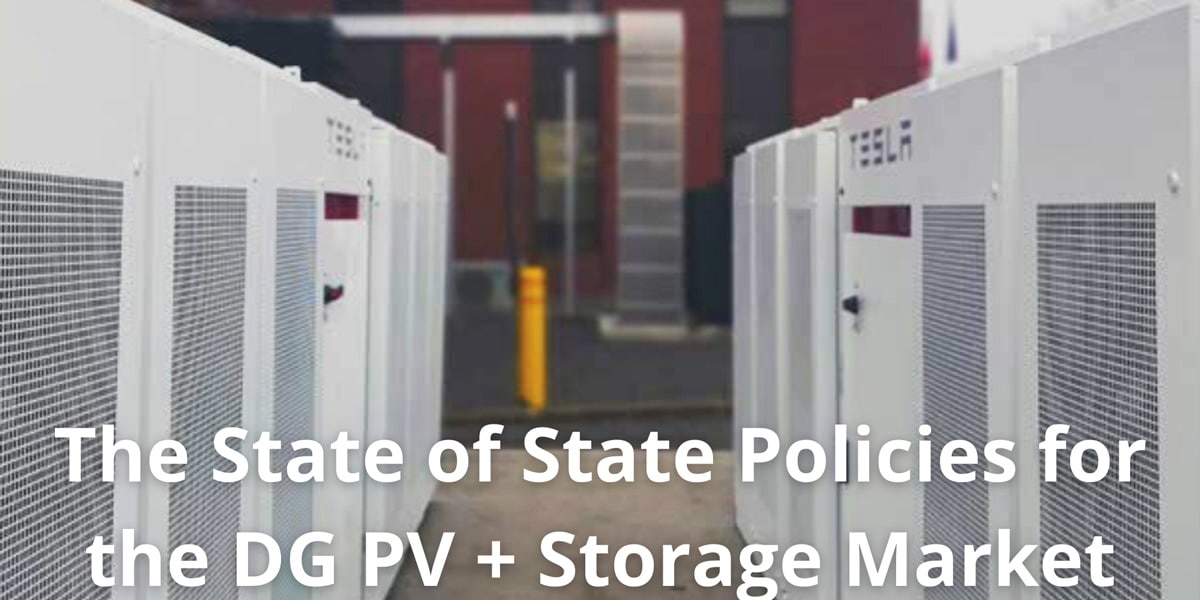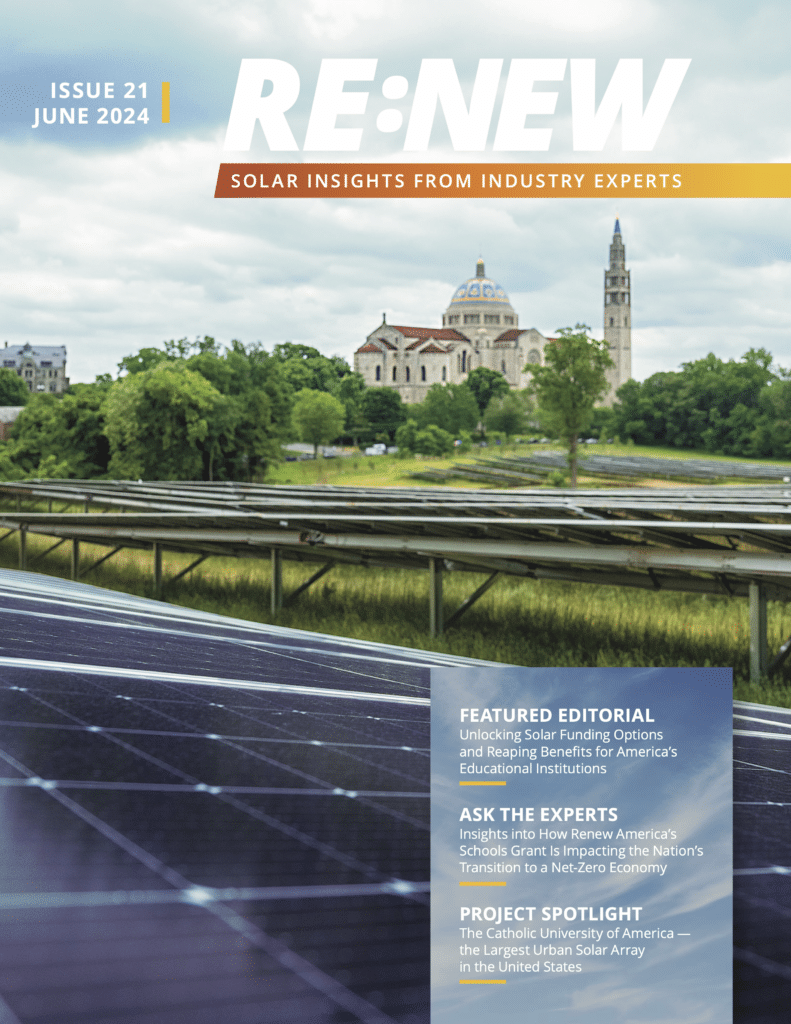According to an April 2020 survey from the Energy Storage Association (ESA), the energy storage industry is being hit with project delays and potential job losses. However, the ESA recognizes the overwhelming potential of energy storage to increase resiliency and grid reliability (particularly in behind-the-meter applications) as America heads towards hurricane and wildfire season.
Advocacy for storage policy and standardization is still ongoing at a federal, state and local level. As the DG PV + storage market stabilizes and continues to expand, we expect more states to begin to use storage to meet their ambitious renewable portfolio standards.
We have researched the states with the most aggressive storage policies in the U.S. and compiled it here. The information is based on a report by the Energy Storage Association and reflects the most up-to-date date that has been published as of June 2020.
Here is the run-down of current state policies:
California: Toward the end of 2019, California added storage provisions to its popular Self Generation Incentive Program (SGIP), which now provides incentives to support existing, new and emerging distributed energy resources. SGIP provides rebates for qualifying distributed energy systems installed on the customer’s side of the utility meter.
Colorado: Colorado was the first state to advance the right to energy storage into law, and it’s continuing to look at opportunities to expand storage beyond its current boundaries. Proposals include expanding RESA (Renewable Energy Standard Adjustment) funds to include DG PV + storage projects.
Maine: Though the market is in the beginning stages, a state commission urged the governor to consider setting a short-term goal of 100 MW of energy storage by 2025. The recommendations are expected to be taken up by the legislature at some point in 2020, though no specific date has been set. The recommendations could include DG PV + storage.
Maryland: The Maryland Energy Association has announced the continuation of its renewable-energy storage tax credit for 2020, which has set aside $450,000 in tax credits for DG PV + storage. Credits will be given on a first-come, first-served basis for energy storage systems installed from Jan. 1, 2020-Dec. 31, 2020.
New York: Thanks to aggressive goals set by both Governor Andrew Cuomo and the New York Public Service Commission, energy storage has had a clear glidepath to expansion in the Empire State. The New York Public Service Commission— following on Cuomo’s ambitious proposal of putting 1,500 MW of energy storage into service by 2025—issued an order requiring 3,000 MW of energy storage by 2030. Under the Value of Distributed Energy Resources program, New York is one of the leaders in DG PV commercial storage policy—and it’s expected to continue its growth for years to come. In fact, there’s an expectation among elected officials in the state that energy storage could employ more than 30,000 citizens by 2030.
Rhode Island: The Rhode Island Public Utilities Commission is investigating the treatment of storage as an electric distribution system resource and issued a notice requesting stakeholder comments, which were due by Jan. 30, 2020.
Our solar + storage experts summarize the state of play in this rapidly growing segment in our new eBook – The Evolution of Distributed Generation Solar (DG PV) + Storage. Download it today.
More Recent Blog Posts
The Politics of the Inflation Reduction Act: Standard Solar’s September Policy Brief
September 13, 2024
Trevor Laughlin · 4 min read
Community Solar, Front And Center: Standard Solar's August Policy Brief
August 12, 2024
Trevor Laughlin · 3 min read
A Mixed Legislative and Regulatory Landscape: Standard Solar’s July Policy Brief
July 15, 2024
Trevor Laughlin · 4 min read
Community Solar, Front And Center: Standard Solar's June Policy Brief
June 18, 2024
Trevor Laughlin · 3 min read
Most Popular Blog Posts
How To Create A Complete Commercial PV Design Package
CJ Colavito · 3 min read
New California Legislation Takes Community Solar Access to New Heights
Harry Benson · 3 min read
State Policy Leaps Into The Spotlight As Federal Policy Winds Down
Travis Tate · 3 min read
The Challenges of Finance and Interconnection Across Multiple States
Scott Wiater · 3 min read








Share